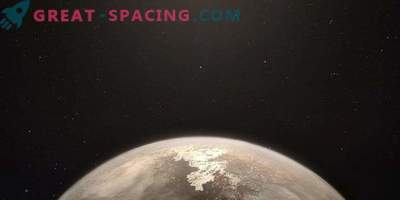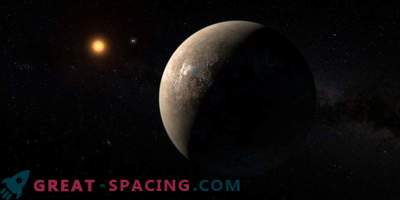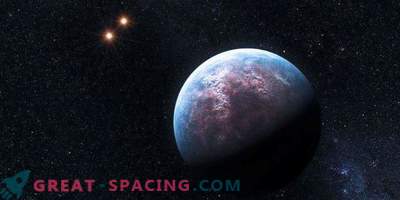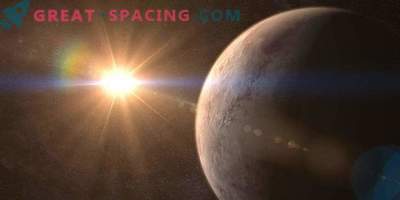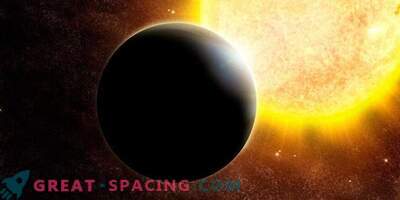
In 2017, scientists from the observatory of La Silla (Chile) using the HARPS tool were able to discover one of the most promising planets for life. We present to you Ross 128 b.
Ross 128 b is a world-like world that rotates around a lonely dull red dwarf. The planet is in the constellation Virgo, and because of the remoteness of 11 light years is considered the second closest world to Earth.
This is a rocky world located in the inner part of the star's habitat zone. It is called the most Earth-like planet, because only 35% more massive and receives 38% more starlight.
Ross 128 b rotates around a star at a distance of 7.42 million km, spending only 9.9 days per orbital period. That is, it is located 20 times closer to its star than the Earth to the Sun. But let's not forget that this is a dim red dwarf whose temperature is 3192 K and age is 9.45 billion years (in the Sun it is 5772 K and 4.5 billion years).
Researchers believe that the planet is in a gravitational block, which means that one side is always lit, and the other remains in cold and darkness. However, Ross 128 b attracts attention due to climatic features.
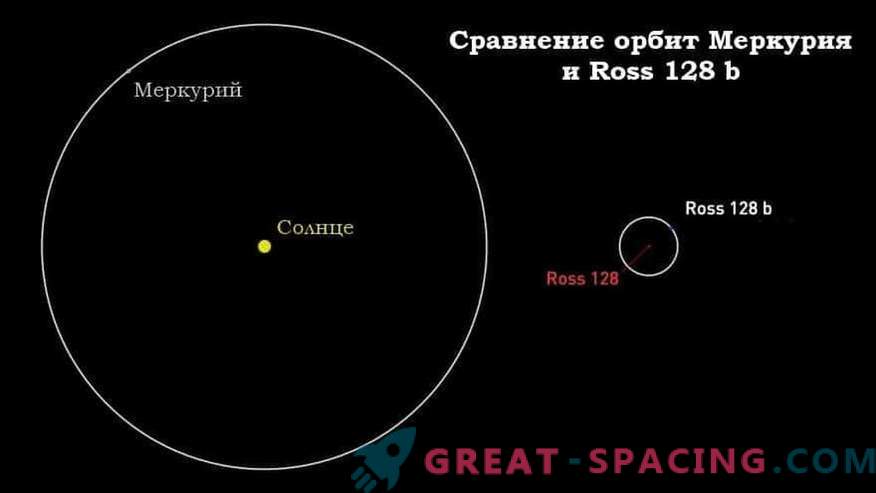
The planet is called the most “climatically moderate" among extraterrestrial worlds. The temperature mark is still being specified, but if we take a wide range, then on the surface we will observe from -60 ° C to +20 ° C, which provides comfortable conditions for the development of life. Scientists believe that liquid water can be located on the surface. Most likely, it evaporates on the side turned to the star. However, if the atmosphere of the Ross 128 b resembles that of the Earth, it can distribute stellar energy around the planet, allowing a large number of areas to hold liquid water.
The good news is that gravity will be only slightly higher than that of the earth, so even colonists will not feel discomfort in moving. It is worth noting that red dwarfs are not very hospitable, because they emit powerful deadly flashes on their planets, which destroy the atmosphere and any chances of the birth of life. But researchers note that the star Ross 128 such flashes occur less frequently.
Scientists hope that the planet has an atmosphere, but this is not yet possible to verify, because the world does not pass in front of the star (transit method). Therefore, researchers are awaiting the launch of the James Webb space telescope in order to carefully study the atmospheric layer (if any) and test the planet for suitability to life.
